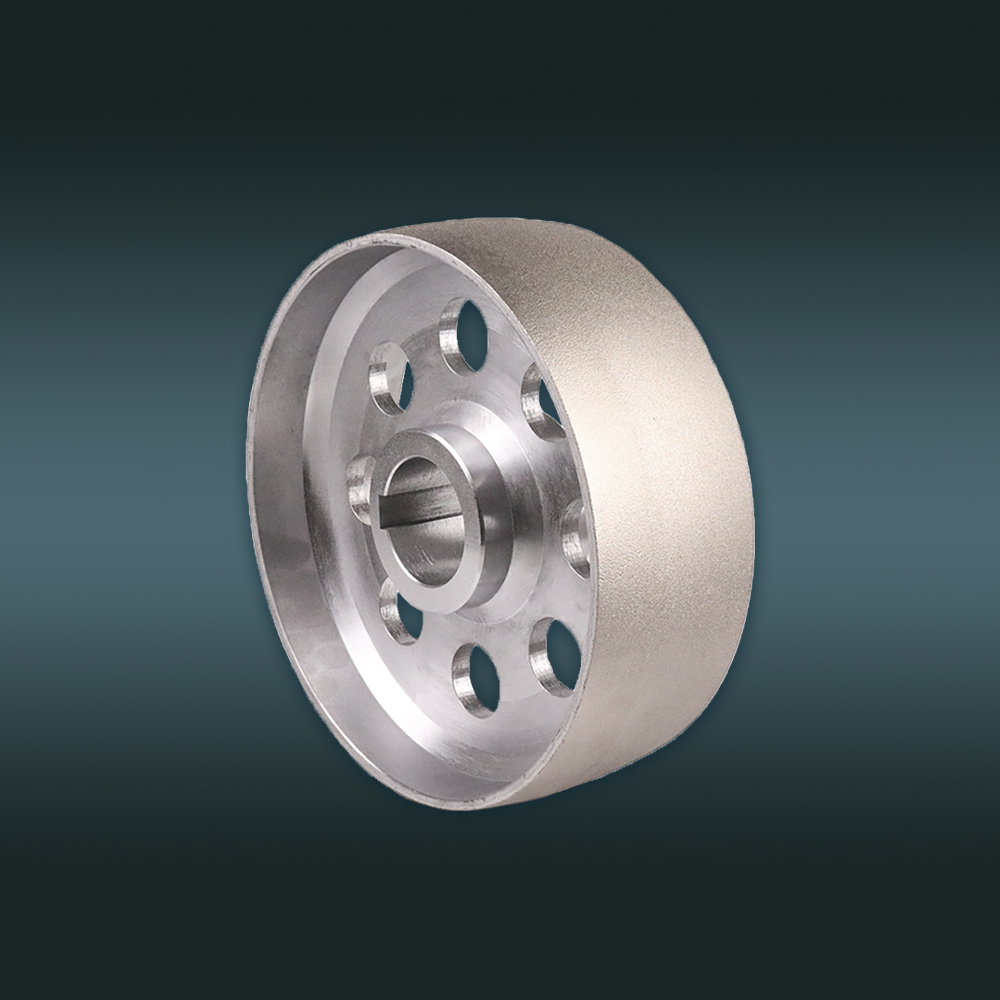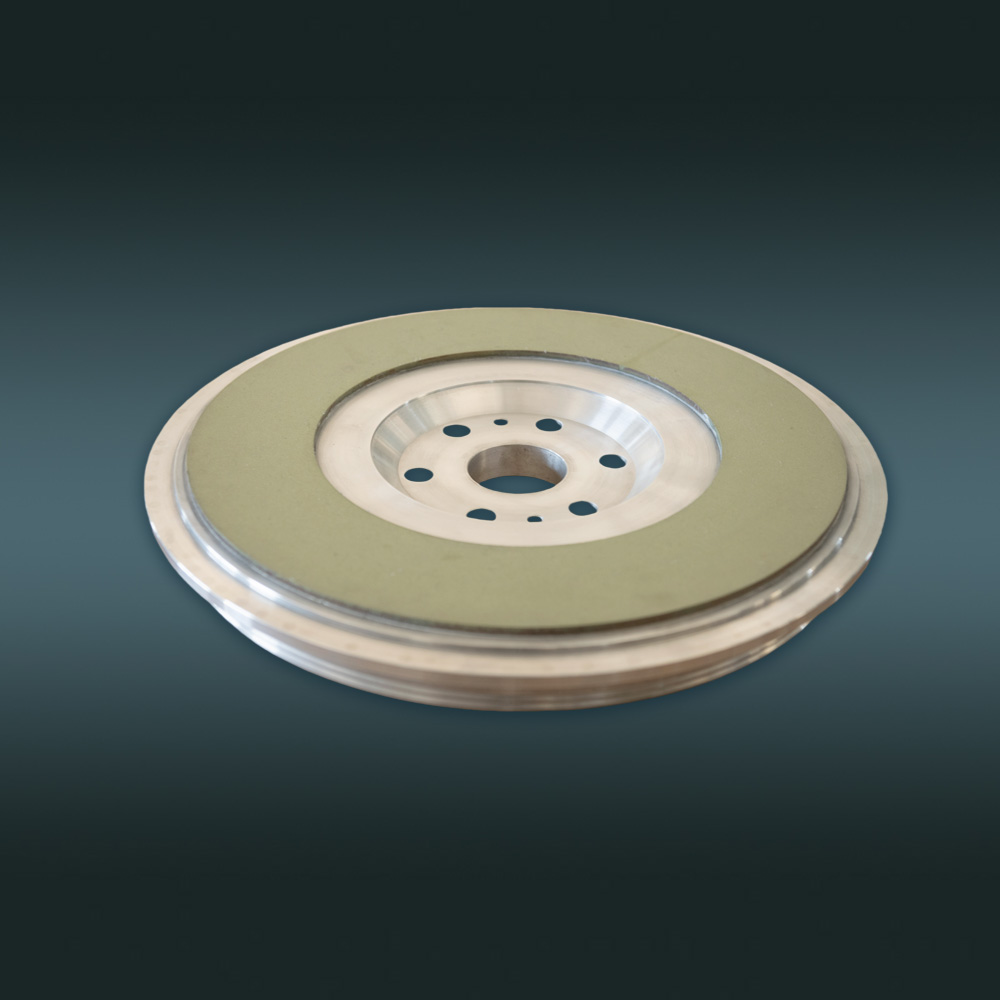Introduction to Diamond Grinding Wheel and CBN Grinding Wheel Made of Superhard Materials
- Introduction to Diamond Grinding Wheel
Diamond abrasives are used as raw materials, and metal powder, resin powder, ceramics, and electroplated metals are used as binders to make various shapes of products. The tools used for grinding, polishing, and grinding are called diamond abrasives. Artificial diamond, also known as "industrial diamond", is the hardest substance known in nature today, just like a natural diamond. Due to its extremely high hardness, compressive strength, wear resistance, acid, and alkali resistance, as well as good thermal conductivity and semiconductor properties, various tool products made from it can be widely used in metallurgy, machinery, geology, petroleum, electronics, optics, construction, stone, and other fields. An artificial diamond grinding wheel is a type of artificial diamond product formed by using artificial diamond as the main raw material and other metal powders through high temperature and high pressure. It can be widely used for grinding hard alloys, non-ferrous metals, and nonmetals.
- The purpose of the diamond grinding wheel
Due to the characteristics of diamond abrasives, such as high hardness, high compressive strength, and good wear resistance, diamond abrasives have become ideal tools for grinding hard and brittle materials and hard alloys in grinding processes. They have high efficiency and accuracy, good roughness, low abrasive consumption, long service life, and can improve working conditions. Therefore, it is widely used for low iron content metal and non-metal hard and brittle materials that are difficult to process with ordinary grinding tools, such as hard alloys, high alumina ceramics, optical glass, agate gemstones, semiconductor materials, stone, etc.
- Particle size selection for diamond grinding wheels
The fineness of artificial diamond particle size is represented by the particle size number. The granularity directly affects the surface roughness, grinding efficiency, and tool wear of the workpiece. The principle of selecting particle size is to choose the coarsest possible particle size while meeting the requirements of the processed workpiece, which can improve grinding efficiency and reduce tool wear. The particle size of the diamond is generally divided into the grinding process and selected particle size. (See table below)
| Grinding process | Select granularity |
| Rough grinding |
30#-120# |
| Semi precision grinding | 120#-240# |
| Fine grinding | 240#-W40 |
| Grinding and polishing | W40-W1 |
- Performance of CBN grinding wheel
Cubic boron nitride is synthesized from hexagonal boron nitride and catalyst under high temperature and pressure and is another new high-tech product that emerged after the advent of synthetic diamonds. It has high hardness, thermal stability, and chemical inertness, as well as excellent properties such as good infrared transmittance and wide bandgap. Its hardness is second only to diamond, but its thermal stability is much higher than diamond, and it has significant chemical stability to iron-based metal elements. The grinding performance of cubic boron nitride grinding tools is excellent, not only capable of processing difficult-to-grind materials and improving productivity but also effectively improving the grinding quality of workpieces. The use of cubic boron nitride is a major contribution to metal processing, leading to revolutionary changes in grinding and the second leap in grinding technology.
- Main advantages of CBN grinding wheel
2. The CBN grinding wheels have high durability, with a grinding ratio of up to 3500-5500, which is a hundred times higher than ordinary corundum grinding wheels and 3-5 times higher than diamond grinding wheels.
3. The CBN grinding wheel has a lower grinding force and heat than ordinary corundum grinding wheel, with lower stress on the processed workpiece, thinner stress layer, higher surface accuracy, no burn, crack, or annealing softening phenomenon, and can obtain residual stress, significantly improving the fatigue strength of the workpiece. The durability of the ground workpiece can be increased by 30-50%; Due to its much higher thermal conductivity than corundum, it can quickly dissipate grinding heat, reduce workpiece thermal deformation, and easily maintain dimensional accuracy during grinding.
4. The CBN grinding wheels have good shape retention and require fewer repairs and replacements. Not only is it easy to maintain high machining accuracy, but it also greatly shortens the total machining time, which is beneficial for automatic online machining.
5. The same CBN grinding wheel can usually grind workpieces of different materials and specifications, and is suitable for use in flexible numerical control (CNC), flexible manufacturing systems (FMS), and microcomputer integrated manufacturing (CIM) with multiple varieties and small batch production.
6. Although CBN grinding wheels have a higher price for individual grinding tools, due to their low wear, long lifespan, and high processing efficiency, the cost allocated to each workpiece is lower than that of ordinary grinding tools. The use of cubic nitride CBN grinding tools can reduce costs by about 40% compared to ordinary corundum grinding tools.




